Just Another Buzz Word?
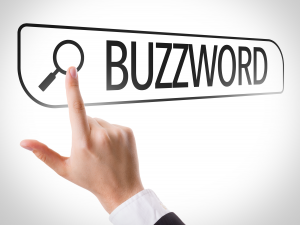
The education industry is always agog with one buzzword or the other; from Montessori to adaptive testing, e-learning, mobile learning, etc. Parents usually do not know (usually because they make little or no attempt to learn) know what these buzzwords really mean but always expect schools to not only have the knowledge but also adapt them. This gives school leaders a lot to catch up on and increases the efforts required to not only keep up with trends but stay ahead of it. One of those buzzwords that are currently trending in the Nigerian education space is “Blended Learning”.
In simpler words, blended learning means using face-to-face and online interactions in teaching. A better way to understand it is to think of blended learning as a student-centered approach that integrates learning experiences in online and traditional brick-and-mortar environments. So it is basically a hybrid or mixed-mode of delivering instructions partly through traditional face-to-face interaction as well as via web-based online platforms.
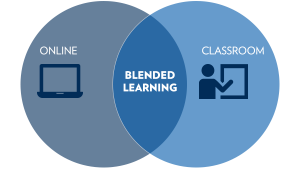
What Blended Learning is Not
Many school owners have a way of defining everything that involves the use of an electronic device as e-learning. Whether it is computer-based testing (CBT), computer-aided instruction (CAI), computer-based instruction (CBI), school management solutions or even basic internet access, everything is tagged e-learning. While this is not absolutely wrong, it makes it more difficult to adequately measure how well schools are integrating technology.
Blended learning is not a type of online learning, neither is it a type of software or computer program. It is simply a way of delivering personalised instructions by ensuring that learners have control over their learning experience without necessarily eliminating the teacher. Personalisation is at the heart of every blended learning activity or instruction.
How Blended Learning Works
Interestingly, even without the direct influence of schools, blended learning adoption has been on the increase given the information literacy ability of today’s learners. It is not uncommon to find learners searching for videos online or reading up on lessons taught in the classroom. Whenever learners rely on online resources (e-learning) to further understand what has been taught in the traditional classroom (face-t0-face student interaction), then blended learning is said to be taking place.
My description of how blended learning works makes it seem like schools have no role to play right? Wrong!
For technology to aid pedagogy, it must be accompanied by fundamental process re-design. Schools are required to create a blended learning experience by designing how exactly technology should be used by the student. For instance, introducing research projects or recommending curriculum-based revision videos to students enables them to explore learning beyond the classroom knowledge which is the flexibility and personalisation blended learning affords.
Interesting Blended Learning Models Nigerian Schools Can Adopt
Let’s define models as process designs. Blended learning models, therefore, are the methods that have been adopted to ensure blended learning takes place. Dreambox learning highlighted 6 common blended learning models summarised below.
1) Face-to-Face Driver Model
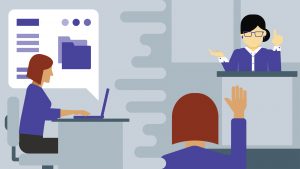
Of all the blended learning models, face-to-face driver is the closest to a typical school structure. With this approach, the introduction of online instruction is decided on a case-by-case basis, meaning only certain students in a given class will participate in any form of blended learning. The face-to-face driver approach allows students who are struggling or working above their grade level to progress at their own pace using technology in the classroom.
In lower primary classes where learning abilities are largely heterogeneous and family background plays a major role in the level of intelligence demonstrated by students, the face-to-face driver model makes it possible for learners who may not have enough contextual background to properly comprehend what is being taught in the classroom. Take for instance, in a Social Studies class where students have just learnt about road signs, learners from urban areas would might easily catch-on because they see a lot of road signs every day. This may not be the case for learners from rural or low-income areas. To ensure a balance, the schools need to prepare and recommend online resources to be studied at home before or after classroom instructions. In order to do this more effectively, learning resources must be developed or acquired during the instructional design phase.
2) Rotation Model
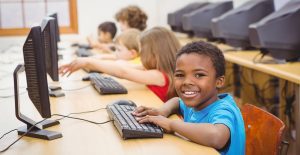
In this form of blended learning, students rotate between different stations on a fixed schedule – either working online or spending face-to-face time with the teacher.
The rotation model is ideal for nomadic education. Despite the progress made against illiteracy in Nigeria, more work is needed to be done to ensure that nomadic farmers, herdsmen, fishermen and other itinerant learners receive adequate instruction to make their education at par with other non-itinerant learners. Providing periodic access to learning resources (preferably at a centralised location) will help learners structure their time to accommodate learning
Even in urban areas, introducing library hour in the school timetable where students are expected to use the e-learning facilities provided by the school at a specific period will engender information literacy and self-motivation in the learners. Teachers can give learners assignments and other learning tasks ahead of the library-hour (a way of flipping the classroom) which will then serve as a template for learners during blended learning.
3) Flex Model
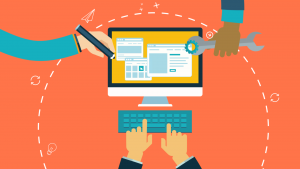
Schools who are supporting a large number of non-traditional or at-risk students often choose the flex model of blended learning. With this approach, the material is primarily delivered online. Although teachers are in the room to provide on-site support as needed, learning is primarily self-guided, as students independently learn and practice new concepts in a digital environment.
If you have a group of self-motivated learners who prefer learning at their own pace, then the flex model is for you. With students having access to all the learning resources, the teacher becomes a facilitator or moderator rather than an instructor. This model is most-ideal for senior classes (especially students preparing for national and international terminal examinations). This model is very helpful when learners are way behind schedule and a make-up class is not possible.
Beyond the advantages of the flex model mentioned earlier, it turns out that the model is one of the easiest ways to achieve inclusive education. Using PBS Parents definition, “Inclusive education happens when children with and without disabilities participate and learn together in the same classes. Research shows that when a child with disabilities attends classes alongside peers who do not have disabilities, good things happen.” My point exactly is that students who are constantly out-of-school due to a medical or physical condition can keep up with other colleagues when this model is in place.
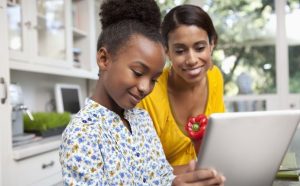
Let’s sum it up
Congratulations for making it to this point; Blending learning should sound less like another buzzword by now. The goal of blended learning is to empower students to develop their own learning experience. Individualised learning which blended learning engenders empowers students to become self-directed and life-long learners. While there are several other blended learning adoption models we’ve limited the conversation to just three because of how well they resonate with the Nigerian education system.
The face-to-face diver model builds on the successes of the traditional teacher-led classroom lessons while also providing a bridge between slow and fast learners. The rotation model solves the problem posed by time and human resource limitations while the flex model makes it possible for students to fully own their learning experience.
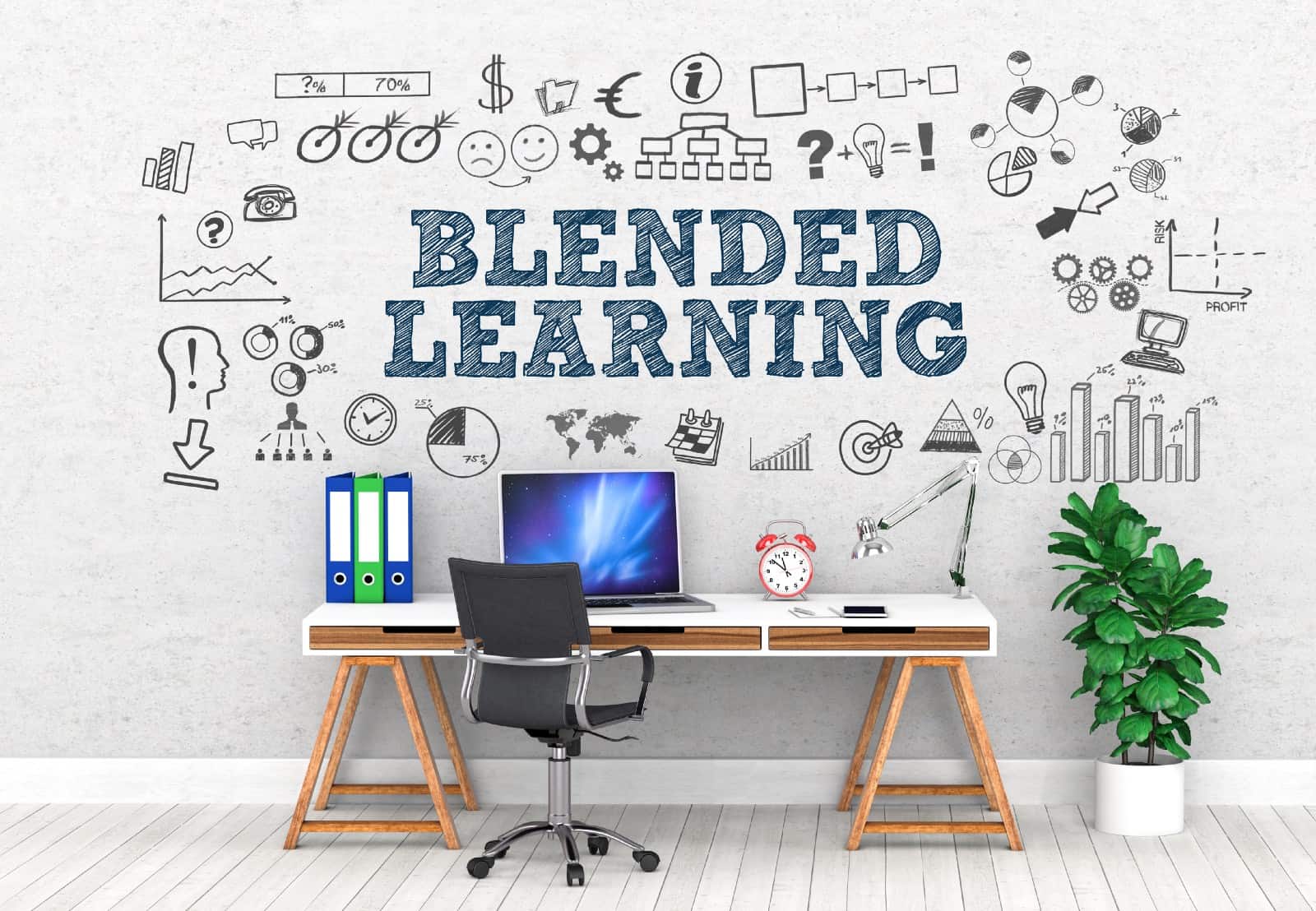

[…] system. As things go back to normal, thanks to the vaccine, we are now looking at the idea of blended learning. Therefore we must endeavor to change our old ways of learning […]